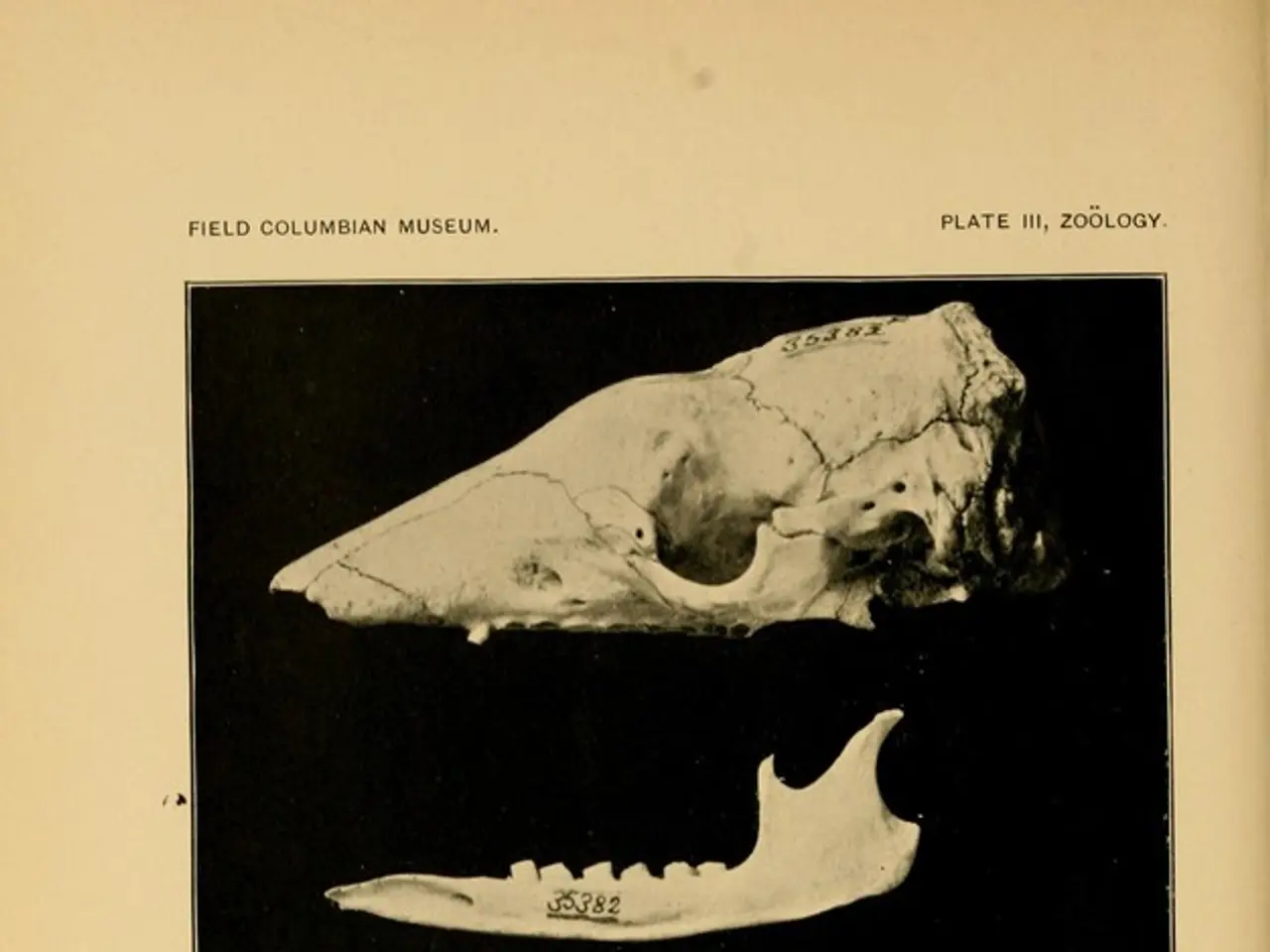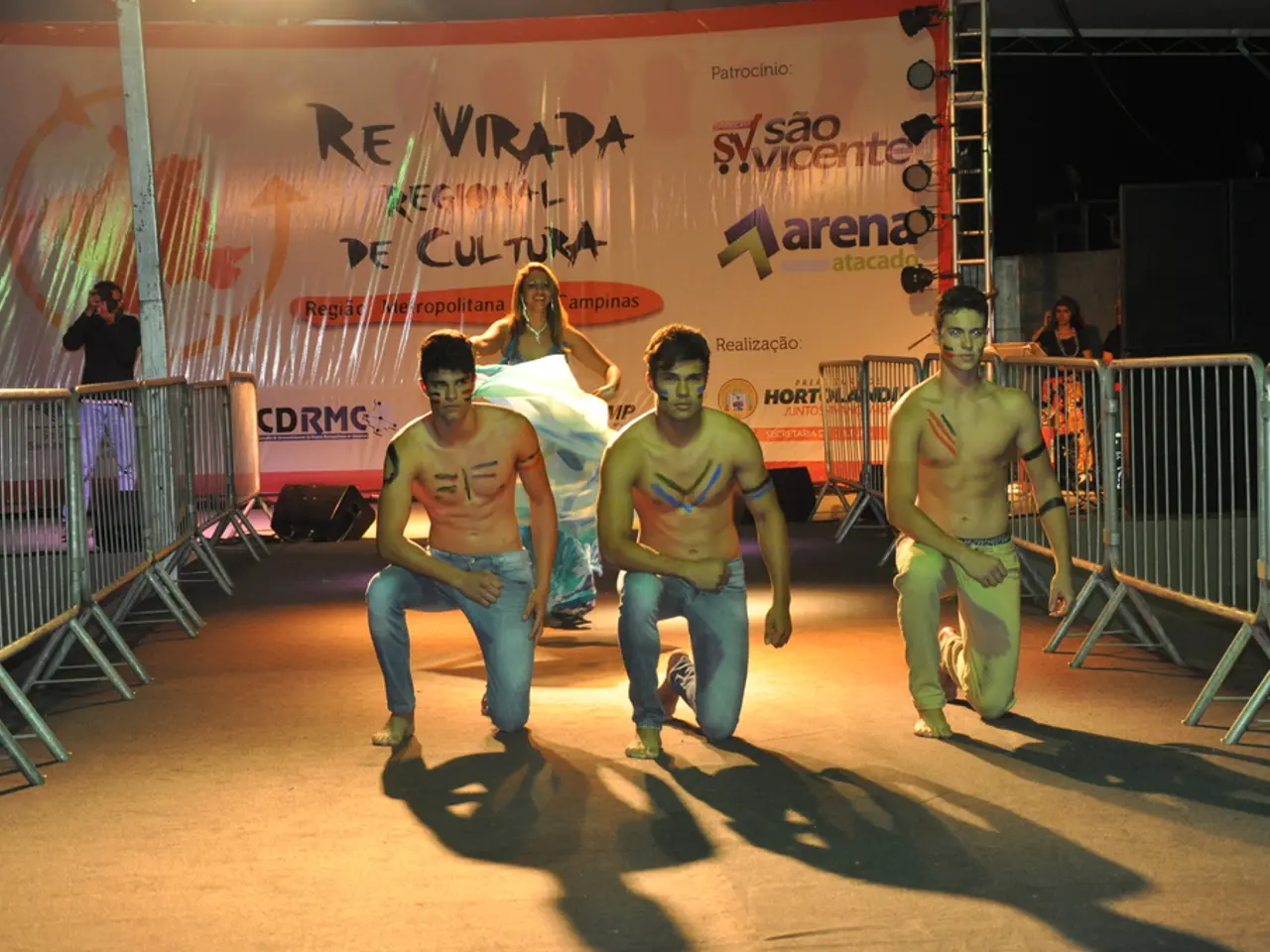Understanding Hypochondroplasia: A Genetic Disorder Affecting Bone Growth
Hypochondroplasia, a type of skeletal dysplasia and short-limbed dwarfism, requires a comprehensive and holistic approach to manage its diverse medical and developmental needs. This condition, which is typically inherited in an autosomal dominant manner, is caused by a mutation in the FGFR3 gene that regulates bone growth.
Regular monitoring of bone health is crucial in managing hypochondroplasia, allowing any future issues to be caught and treated early on. Physical therapy is used to help improve strength, flexibility, and mobility in individuals with the condition, while different medical interventions are focused on managing various spinal issues associated with hypochondroplasia. In severe cases, surgery may be required to correct and improve limb deformities and curvature in the spinal to improve comfort and mobility.
Individuals with hypochondroplasia may experience mild to moderate spine abnormalities such as lumbar stenosis and lordosis. They also have a short stature, with the average adult height ranging from 120 to 150cm, and limb proportions that are disproportionate, with upper thighs and arms being significantly longer compared to lower legs and forearms. Some individuals may also have macrocephaly, characterized by an enlarged head circumference.
Addressing the psychological well-being of affected individuals is an important aspect of managing hypochondroplasia. Psychological and social support can significantly improve an individual's mental health and social interactions, provided through counselling, education resources, and support groups. Organisations such as Little People UK, Restricted Growth Association, and Contact offer help, advice, and a sense of community to those with hypochondroplasia and their families.
A multidisciplinary approach is essential for managing hypochondroplasia, involving various healthcare professionals like geneticists, orthopedists, and physical therapists. Specialized programs like the Skeletal Dysplasia Program at Children's Hospital Colorado provide an integrated approach that includes diagnosis, treatment, and ongoing support for patients with skeletal dysplasias, including Hypochondroplasia. Institutions such as Shriners Hospitals for Children offer comprehensive care that includes physical therapy, reconstructive surgery, and recreational therapy, aiming to help individuals with Hypochondroplasia regain mobility, confidence, and overall well-being.
Nonprofits like The Chandler Project, established by individuals resilient to achondroplasia-related challenges, provide valuable resources, advocacy, and community support for those with hypochondroplasia. These groups help connect families to peer support, educational information, and social opportunities that mitigate isolation and enhance social integration.
In summary, people affected by Hypochondroplasia and their families benefit from multidisciplinary clinical care that includes physical and psychological therapies, access to specialized hospitals with rehabilitative services, and engagement with community-based nonprofit organizations offering social support and advocacy. These resources collectively address both the physical and emotional needs of patients and their families.
- In addition to physical therapy, it's crucial to address the mental health of individuals with Hypochondroplasia, as psychological and social support can significantly improve their overall well-being and mental health.
- While the focus on health for individuals with Hypochondroplasia often involves skin-care and bone health, it's equally important to consider mental-health care and health-and-wellness in a holistic approach.
- In the pursuit of comprehensive care for Hypochondroplasia, scientific advancements in mental health therapy and overall well-being are necessary to complement the existing medical interventions and rehabilitative services.




